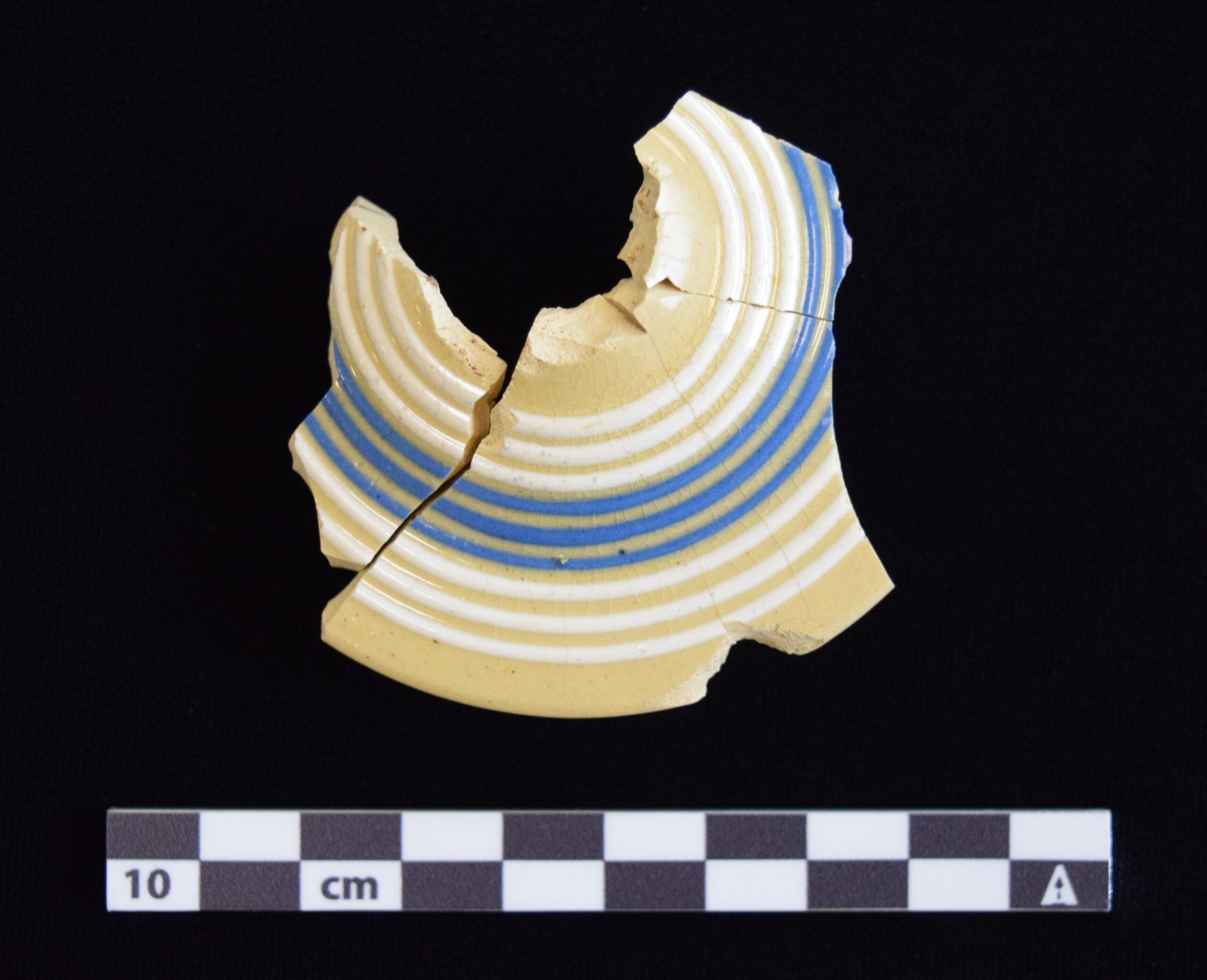Photo 1: Mid-18th Century White Salt-Glazed Stoneware Mustard Pot Recovered from a Site in New Castle County, Delaware (Photo courtesy of Hunter Research, Inc.).
By Sammy Lovette
A white, salt-glazed, stoneware mustard pot dating to the eighteenth century was recovered from a site in New Castle County, Delaware in 2013 (photo 1). In colonial America, mustard was often sold in glass bottles and then transferred to mustard pots like the one recovered from the site in New Castle County. The small, lidded pot was likely used to serve mustard at mealtimes (Skerry and Hood 2009:147). But is the mustard consumed in the eighteenth century the same mustard we use today?
The mustard plant belongs to the Brassicaceae family, and both the leaves and the seeds can be consumed safely. The three varieties of mustard are named after the color of their seeds: white, black, and brown. The seeds produced by the mustard plant are approximately 1–2 millimeters in diameter (Güzey 2019:12) and the flavor produced by the seeds varies depending on the variety of plant. Due to the mustard plant’s ability to grow in a variety of conditions and adapt to soils very easily, it was readily available to many, regardless of socioeconomic status (Güzey 2019:9). However, the plant is not native to the Americas and therefore would not be easily obtained by people living in Delaware until the cultivation of the plant expanded across Britain in the late seventeenth century and then entered the trade route, which brought it to the Americas. Import records indicate that mustard was first imported to Philadelphia, the nearest major port to New Castle County, Delaware, in the mid-eighteenth century and was then grown locally making mustard more regularly procured throughout the region (McGuire 2016:667). According to Charles LeeDecker (2005:5-2), both Wilmington and New Castle, Delaware were important links to the Philadelphia trade route as both were receiving centers for agricultural goods by way of the Delaware River. Goods were easily shipped downstream from Philadelphia to the port town of New Castle during the late eighteenth century (LeeDecker 2005:5-2), thus introducing mustard to Delaware. This trade route from Philadelphia to Delaware is further confirmed by the presence of Hillegas pottery, made by the Hillegas brothers in Philadelphia, at the New Castle County site where the white, salt-glazed, stoneware mustard pot was recovered.
The inclusion of mustard on this trade route was not solely intended to impart flavor into the food of the people of Delaware. Mustard has been used for centuries both for medicinal purposes as well as to season foods. Recipes for food, medicines, and household cleaners were exchanged between neighbors, which was more effective than buying from merchants as recipes had to be altered to fit what ingredients were on hand within a particular region (McGuire 2016:679). Mustard was commonly used to treat the symptoms of colds, fever, and gout, to name a few. Mustard is also described as antibacterial as well as antifungal. It can be used to treat many digestive issues as it is a carminative, digestive, diuretic, and both an anti-emetic in small quantities and an emetic in larger doses. Applied topically, mustard can be used to induce perspiration but may cause mild irritation due to the plant being a rubefacient. Before any poultices were applied to the skin, a barrier had to be used first, often in the form of a greasy balm (McGuire 2016:681).
The applications of the mustard plant are as varied as the mustard pots used to present the mustard at mealtimes. For example, Photo 2 represents a yellow ware mustard pot lid that was recovered from a different site in New Castle County, Delaware, manufactured approximately 100 years after the first white salt-glazed pot in Photo 1, highlighting the different forms a pot could take. Mustard could have been placed in the mustard pots dry or prepared, meaning ground and mixed with vinegar, and utilized in various ways. The finding of a mustard pot is rare. Still, the context in which the white, salt-glazed, stoneware mustard pot was recovered is even more unique because special food containers are thought to have been only used in wealthier homes (Skerry and Hood 2009:146), and the mustard pot was discovered in what is likely to have been slave quarters highlighting the commonality of mustard within households in this area.
Although no longer standard practice to present mustard in a specialized dish, mustard consumption has not declined, though its use as medicine has taken a step back. While most of us are not chewing on mustard seeds to cure our toothaches, the next time you eat a hot dog with mustard, you might think about how many people have had to do just that. Thank goodness for modern medicine!

Photo 1: Mid-19th Century Yellow Ware Slip Decorated Mustard Pot Lid from a Site in New Castle County, Delaware (Photo by Dovetail).
References
Güzey, Demet
2019 Mustard: A Global History. Reaktion Books, London.
LeeDecker, Charles, John Bedell, Robert Jacoby, and Stuart Fiedel
2005 Archaeology of the Puncheon Run site. The Louis Berger Group, Inc. Washington, D.C.
McGuire, Denise C.
2016 A Taste for Mustard: An Archaeological Examination of a Condiment and Its Bottles from a Loyalist Homestead in Upper Canada. International Journal of Historical Archaeology 20(4): 666–692.
Skerry, Janine E., and Suzanne Findlen Hood
2009 Salt-Glazed Stoneware in Early America. University Press of New England and Colonial Williamsburg, Hanover.

